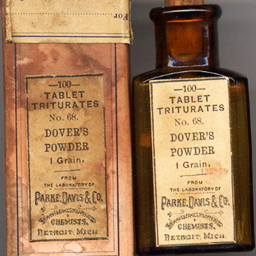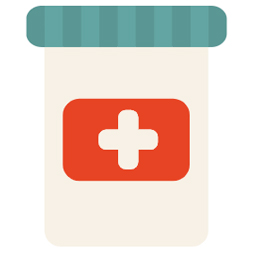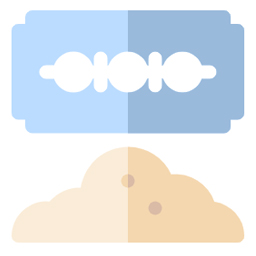
- Now & Then
-
by Poppies

Human taste for addictive psychoactive substances has been found in early historical records. In early times such psychotropic substances like opium were known to be used by:
- Priests during religious ceremonies
- Healers as medicines
- The general society in socially approved forms.
Medicinal or pathological use of opium was clearly visible in ancient times.
Our ancestors discovered certain potent compounds devising quicker ways of administering them that was to a large extent responsible for abuse.
The problem that led to the loss of control of such substances that finally led to addiction was already considered in the 16th and 17th centuries.
The complex issue of addiction is reflected in frequent debatable issues between opposing attitudes on this topic that is still being discussed.
The issues for discussion still remain the same like:
- Can addiction be called a sin or a disease?
- Is the substance opium the main reason for addiction?
- Should it be treated in a moral or medical way?
- Is the addiction caused by an individual’s vulnerability or some social or psychological factors should be responsible for it?
- Should opium be regulated or freely accessible?
Cultural Patterns Of Opium Use

Although opium was used for religious ceremonies and for medicinal purposes the patterns of use varied depending on the epics and places. The most important consideration of use was influenced by the acculturation of the drug.
Poppy has its origin in Eurasia while tobacco, cocaine and alcohol originated in the New World and were largely not known before the coming of the Europeans. The disastrous impact of these drugs was unknown due to the fact that traditional usage had not been clearly established.
Another reason is the lack of evidence or previous genetic selection over centuries.
Psychoactive drugs like opium have been an integral part of every community and society throughout history.
These were used for pleasure, to increase concentration or to reduce physical and emotional pain and in some cases to induce a state of religious ecstasy.
Since opium and other drugs were easily accessible people had a tendency to treat themselves using such substances.
Addiction Modern Usage Of Opium

Addiction can be defined by the characteristic features shared by drug usage, mainly by the administration patterns and how it progresses from use to abuse to dependence.
One common feature of addiction is that the use of opium or drug induces pleasure by acting on the brain to alter the mental state. These have been used to dull any physical or emotional pain, increase endurance and for pleasure. At that time there were no restrictions on the sale or availability of opium or other such substances.
In historical time there was no demarcation between the ingesting of opium for medicinal or recreational use. During the industrial revolution opiates like opium, heroin and morphine were used to overcome physical and mental strains.
Most of these substances were sold as ‘Tonics’ for promoting both physical and mental well-being.

Use of opium in the modern times is often looked upon as an addiction. Although their sale is restricted, they are widely marketed in the form of medicines like Valium and Librium for their ability to reduce anxiety inducing a state of relaxation. The pharmaceutical industry produces an array of mind-altering medicines like anti-depressants.
Self-prescription became more and more common as people especially women turned to these drugs. When the restrictions imposed by the government increased, self-prescribing options became limited as such drugs could not be bought over the counter without a prescription from a medical doctor.
The use of these mind-altering drugs thus came under the control of medical practitioners. Individuals fighting depression or other mind related ailments went to their doctors to prescribe a chemical to allow them to lead fulfilling lives.
Psychiatrists who prescribed drugs containing psychoactive substances were challenged with this present drug scene.
Modern society has become dishonest and irrational when it comes to drugs. Presently we are living in a world where we want mind altering effects from medically authorized substances without knowing that may be harmful for us.
